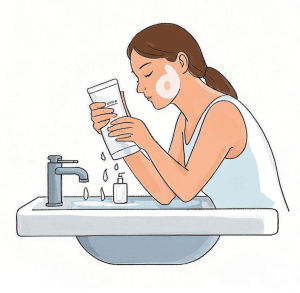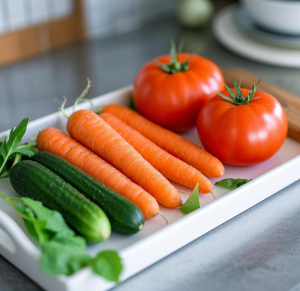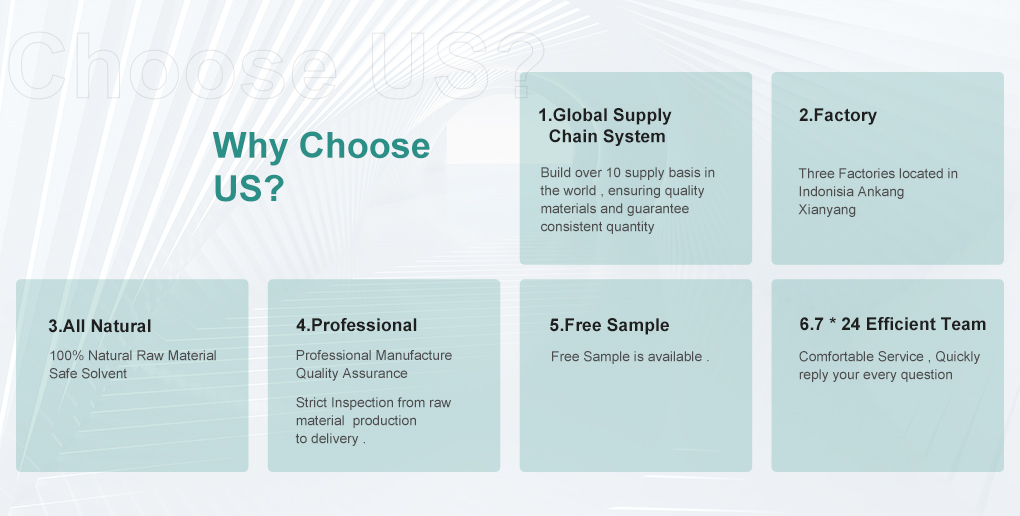In recent years, Rosemary Extract has become a standout ingredient across the nutraceutical, cosmetic, and food industries. Derived from the leaves of Rosmarinus officinalis, this natural extract is packed with potent antioxidants such as carnosic acid, rosmarinic acid, and carnosol. These compounds give rosemary extract exceptional preservative, anti-aging, and anti-inflammatory properties. As consumers increasingly seek natural, clean-label ingredients, rosemary extract bridges the gap between tradition and modern innovation.
What is Rosemary Extract, and what makes it unique among natural antioxidants?
Rosemary extract is a concentrated form of bioactive compounds derived from rosemary leaves. Its uniqueness lies in its dual function—it acts as both an antioxidant and a natural preservative. The primary active ingredients, carnosic acid and rosmarinic acid, work synergistically to neutralize free radicals and delay lipid oxidation. This makes rosemary extract an ideal replacement for synthetic preservatives like BHT and BHA. Unlike many plant antioxidants that degrade easily, rosemary’s phenolic diterpenes remain stable under high temperatures, making it especially valuable in food and cosmetic applications.
How is Rosemary Extract produced, and does the extraction method affect quality?
The extraction process significantly determines rosemary extract’s purity and potency. Typically, the leaves are dried, ground, and subjected to solvent or supercritical CO₂ extraction. Supercritical CO₂ extraction is now considered the gold standard, as it preserves the delicate bioactive components without leaving solvent residues. Manufacturers who use this technique can guarantee a product that is both high in antioxidant activity and safe for human use. Moreover, the extraction parameters—such as temperature and pressure—can be adjusted to target specific compounds, allowing customized formulations for food, skincare, or pharmaceutical use.
Why do nutraceutical companies value Rosemary Extract so much?

For nutraceutical manufacturers, rosemary extract provides both functional and marketing advantages. It is widely recognized for supporting cardiovascular health, cognitive performance, and liver protection due to its antioxidant and anti-inflammatory effects. Studies show that carnosic acid may help protect neurons from oxidative damage, potentially reducing cognitive decline. At the same time, its natural origin and long history of safe use make it an appealing ingredient for brands positioning themselves as “clean label” or “plant-based.” Its multifunctionality reduces the need for synthetic stabilizers or preservatives in formulations, enhancing both efficacy and consumer appeal.
How does Rosemary Extract benefit the skin in cosmetic formulations?

Rosemary extract is a natural powerhouse in skincare formulations. Its antioxidant components defend the skin from oxidative stress, helping to prevent premature aging, wrinkles, and hyperpigmentation. Rosmarinic acid, in particular, exhibits strong anti-inflammatory activity that soothes irritation and helps manage acne-prone or sensitive skin. Additionally, rosemary extract supports microcirculation, improving skin tone and elasticity. When combined with other natural extracts like green tea or chamomile, it enhances overall formula stability and extends product shelf life, which is why it is now a staple ingredient in anti-aging serums and natural cosmetic lines.
Can Rosemary Extract be used as a natural food preservative?

Absolutely. One of the earliest industrial uses of rosemary extract was as a natural antioxidant preservative for edible oils, meat, and bakery products. Its compounds prevent oxidation and rancidity, extending shelf life while maintaining color and flavor. Food manufacturers value rosemary extract for being a safe, plant-derived alternative to synthetic antioxidants. Because of its neutral taste and odor when properly refined, it can be added to a wide range of foods without altering sensory qualities, aligning with the global “clean label” movement.
What are the key factors B2B buyers should evaluate when sourcing Rosemary Extract?

Buyers should prioritize purity, stability, and standardized content of active compounds—mainly carnosic acid and rosmarinic acid. A reliable supplier provides certificates of analysis (COA), safety data sheets (MSDS), and compliance documentation such as ISO, HACCP, and organic certifications. Additionally, it’s essential to confirm whether the extract meets food-grade, cosmetic-grade, or pharmaceutical-grade standards depending on its intended application. Consistent quality and transparent sourcing also play major roles in long-term cooperation and brand credibility in the global market.
What future trends are shaping the Rosemary Extract market?

The future of rosemary extract lies in high-purity formulations and targeted applications. Emerging trends include microencapsulated rosemary extracts for improved solubility and shelf stability, as well as synergistic blends with tocopherols or green tea extract for enhanced antioxidant protection. The global clean beauty and natural supplement markets are expected to drive demand further, with manufacturers developing customized rosemary-based blends for cognitive support, immune health, and skin rejuvenation. As natural preservation and functional wellness continue to converge, rosemary extract will remain a key player in both innovation and sustainability.
Whether you’re formulating functional foods, natural supplements, or green cosmetics, Rosemary Extract offers the purity, potency, and performance your brand deserves. Backed by science and sustainability, it’s not just an ingredient—it’s a symbol of natural excellence for the future of wellness industries.
- Reference
-
Chen, L., Zhang, Q., & Wang, J. (2023). Carnosic acid and rosmarinic acid from Rosmarinus officinalis: Mechanisms of antioxidant and anti-inflammatory activity. Nutrients, 15(5), 1142.
Guo, Y., Liu, X., & Zhao, P. (2024). Application of rosemary extract as a natural preservative in food and cosmetic formulations. Food Chemistry Advances, 12, 100451.
Hernandez, M., & Torres, A. (2022). Antioxidant potential of Rosmarinus officinalis extracts: Impact of extraction methods and phytochemical stability. Journal of Food Science and Technology, 59(11), 4125–4138.
Kang, J., & Park, S. (2023). Natural preservatives from Mediterranean herbs: Comparative study of rosemary, thyme, and sage extracts. Food Research International, 165, 112685.
Li, C., & Sun, R. (2024). Advances in the application of rosemary extract in skin care and anti-aging products. International Journal of Cosmetic Science, 46(2), 351–362.
Zhou, F., Chen, Y., & Wang, Z. (2022). Sustainable production of rosemary extract through CO₂ supercritical extraction technology. Green Processing and Synthesis, 11(8), 978–990.
About Ruiwo:


contact us:
Address:Room 703, Ketai Building, No. 808, Cuihua South Road, Xi’an, Shaanxi, China
E-mail: info@ruiwophytochem.com
Phone: 008613484919413 0086-29-89860070
Hours: Monday-Friday: 9am to 6pm
Post time: Oct-22-2025





